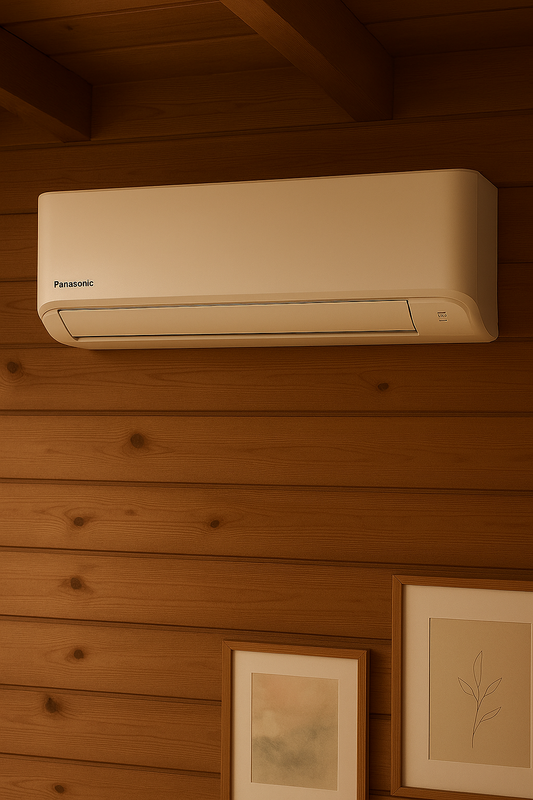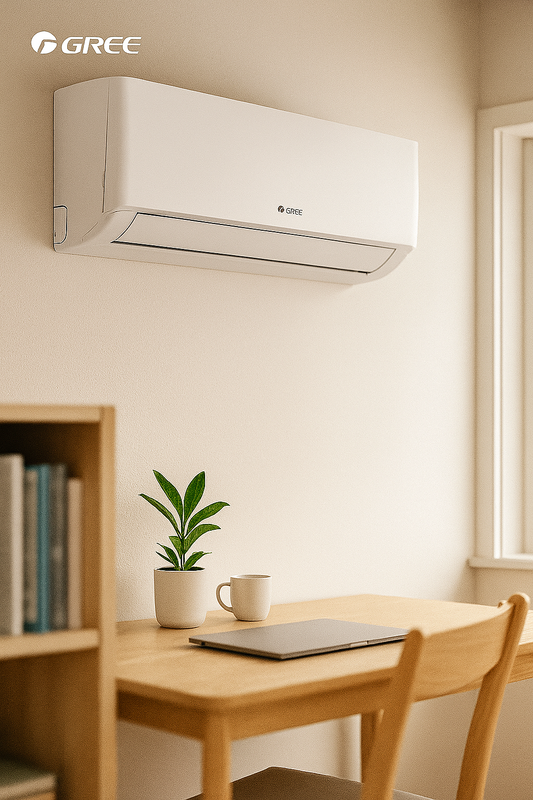Jordvärmepump Installation
En jordvärmepump är en miljövänlig och kostnadseffektiv lösning för att värma upp och kyla ner bostäder. Installationen av en jordvärmepump kräver noggrann planering och utförande för att säkerställa optimal prestanda.
1. Definition och Bakgrund
En jordvärmepump är en apparat som använder sig av jordens konstanta temperatur under markytan för att värma upp eller kyla ner ett hus eller en byggnad. Genom att utnyttja den lagrade solenergin i marken kan jordvärmepumpen leverera effektiv uppvärmning under vintern och kyla under sommaren.
2. Fördelar och Användningsområden
Installering av en jordvärmepump har flera fördelar, inklusive minskade energikostnader, minskad miljöpåverkan och ökad oberoende av fossila bränslen. Jordvärmepumpar kan även användas för att producera varmvatten och kan anpassas till olika typer av fastigheter, inklusive villor, flerbostadshus och kommersiella byggnader.
3. Relaterade Tekniker, Begrepp eller Variationer
Det finns olika typer av jordvärmepumpar, inklusive horisontella och vertikala system beroende på tillgänglig markyta. Dessutom kan vätska-vatten och luft-vatten värmepumpar vara lämpliga alternativ beroende på specifika behov och förutsättningar.
4. Vanliga Frågor (FAQ)
-
Hur djupt grävs rören ner vid en jordvärmepumpsinstallation?
Rören kan grävas ner på olika djup beroende på markförhållandena, men vanligtvis mellan 1,5-2 meter. -
Är en jordvärmepump miljövänlig?
Ja, jordvärmepumpar använder förnybar energi och bidrar till att minska koldioxidutsläppen. -
Vad är skillnaden mellan horisontella och vertikala jordvärmepumpsinstallationer?
Horisontella system kräver mer markyta men mindre djup, medan vertikala system kräver mindre markyta men mer djup.
5. Sammanfattning
En korrekt utförd jordvärmepumpsinstallation kan erbjuda långsiktiga fördelar i form av energieffektivitet, miljövänlighet och ekonomiska besparingar. Genom att utnyttja den naturliga värmen i marken blir jordvärmepumpar ett attraktivt alternativ för uppvärmning och kylning av bostäder och kommersiella fastigheter.
6. Installation Process
The installation process of a geothermal heat pump involves several key steps. First, a site survey is conducted to assess the geological and soil conditions, as well as the available space for the ground loop. Next, the ground loop is installed either horizontally or vertically, depending on the specific requirements of the property. After the ground loop is in place, the heat pump unit is installed within the building, along with the necessary ductwork or radiant heating/cooling system.
7. Maintenance and Operation
Proper maintenance is essential to ensure the optimal performance and longevity of a geothermal heat pump system. Regular inspections, filter replacements, and checking for leaks in the ground loop are important maintenance tasks. Additionally, understanding the operation of the heat pump, including adjusting settings for heating and cooling modes, can help maximize energy efficiency and comfort levels within the building.
8. Case Studies
Several case studies have demonstrated the successful implementation of geothermal heat pump systems in various types of properties. For example, a residential community in [City Name] achieved significant energy cost savings and reduced carbon emissions after transitioning to geothermal heating and cooling. Similarly, a commercial building in [City Name] reported improved indoor comfort and long-term financial benefits following the installation of a geothermal heat pump system.
9. Considerations for Retrofitting
When considering the retrofitting of a geothermal heat pump into an existing property, there are specific considerations to address. These may include the feasibility of installing the ground loop in limited space, adapting the building's current HVAC system for integration with the heat pump, and assessing the overall energy efficiency improvements that can be achieved through the retrofit.
10. Environmental Impact
One of the key benefits of geothermal heat pump installations is their positive environmental impact. By utilizing the Earth's natural heat, these systems significantly reduce greenhouse gas emissions and dependence on non-renewable energy sources. This environmental benefit contributes to sustainable and eco-friendly building practices.
11. Regulatory Incentives
Various regions offer regulatory incentives and rebates to promote the adoption of geothermal heat pump systems. These incentives may include tax credits, grants, or low-interest loans for property owners or developers who choose to install environmentally friendly heating and cooling solutions. Familiarizing oneself with available incentives can potentially offset upfront installation costs.
12. Innovations and Advancements
Ongoing advancements in geothermal heat pump technology continue to enhance system efficiency and performance. Innovations such as smart controls, variable-speed compressors, and improved heat exchange materials contribute to increased energy savings and overall operational improvements. Staying informed about these advancements can aid in making informed decisions regarding system upgrades or replacements.
13. Professional Installation and Accreditation
When considering a geothermal heat pump installation, it is crucial to engage with accredited and experienced professionals. Certified installers possess the necessary expertise to design, install, and commission geothermal systems according to industry standards and best practices. Choosing a reputable installer ensures the system's reliability and compliance with local regulations.



